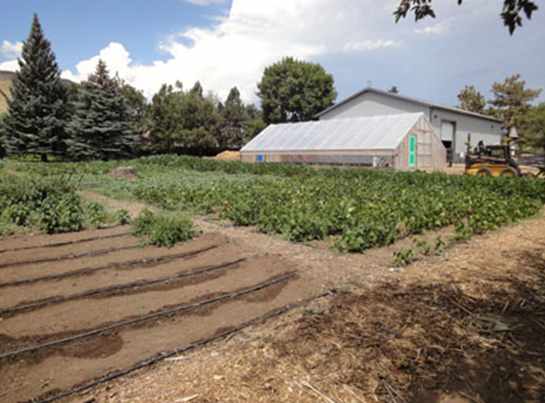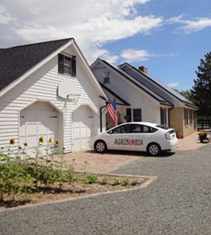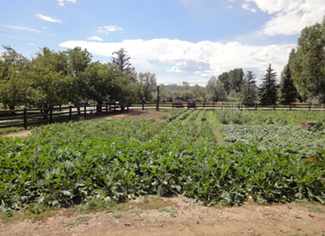Farm Kit
Author: HLP
Scorecard Categories Addressed
- Housing
- Family Housing
- Employment
- Live and Work in the City
- Cost of Living
- Overall Cost of Living
- Services
- Grocery Stores
- Transportation
- Work Commute Time
- Resources
- Local Food
Solution Description
The TSR Group/Agriburbia company sells a "Farm Kit" that supports live/work options and local food. The Farm Kit also comes with a business plan and training to increases the chances for success for the farmer.
Farm Kit Contents:
- Designed for 2-10 Acre Sites
- Includes the Building, Business Plan, and Training
- Building
- 2 Story 34'x60'
- Features: Home, Office, Commercial Kitchen, Walk-in Cooler, Market Pick-up, & Greenhouse
- Steel Construction Prefab
- Transported on 4 Semi-Trailers 50’ long
- Business Plan: Profitable Organic Commercial Farming
- Techniques to minimize water use and time investments
- Information for selling produce on site
- Plans for selling produce through a supplier chain network
- 2-3 years of Hands-On Training
- Cost: $185,000 - $250,000
- A Restaurant Model is also available
Stakeholder Impact
All People Access to healthy, local food
Families with Kids Families are able to live and work at home as well as reduce food costs. Kids learn a good work ethic participating in the family businesses of growing food and naturally eat healthier.
Seniors Access to healthy food.
Working Age Adults The Farm Kit will increase the number of local jobs.
City The Farm Kits will improve the quality of life in the city and have a positive economic impact. Growing food locally offers greater food security. Residents are healthier with access to fresh food. Profits from food stay local. The city does need to ensure that zoning codes support the Farm Kits. Additionally, allowing the garden portion of the site to count towards open space requirement, can encourage a thriving local food industry.
Developers Including a Farm Kit site in a neighborhood development can increase the attractiveness of the development (local food becomes an amenity) and allow the other sites to be sold at a higher price..
Case Study




